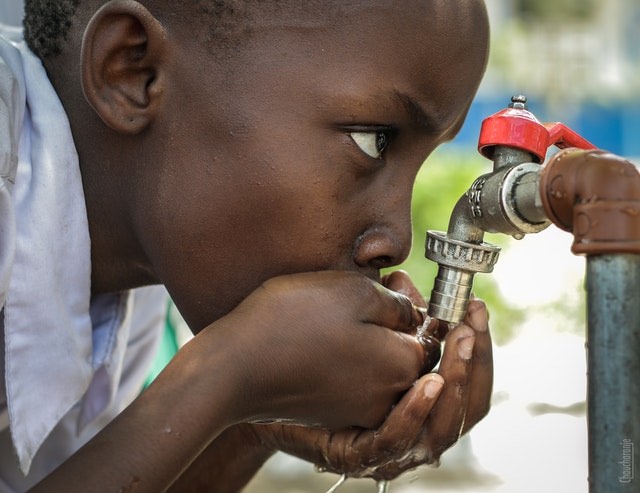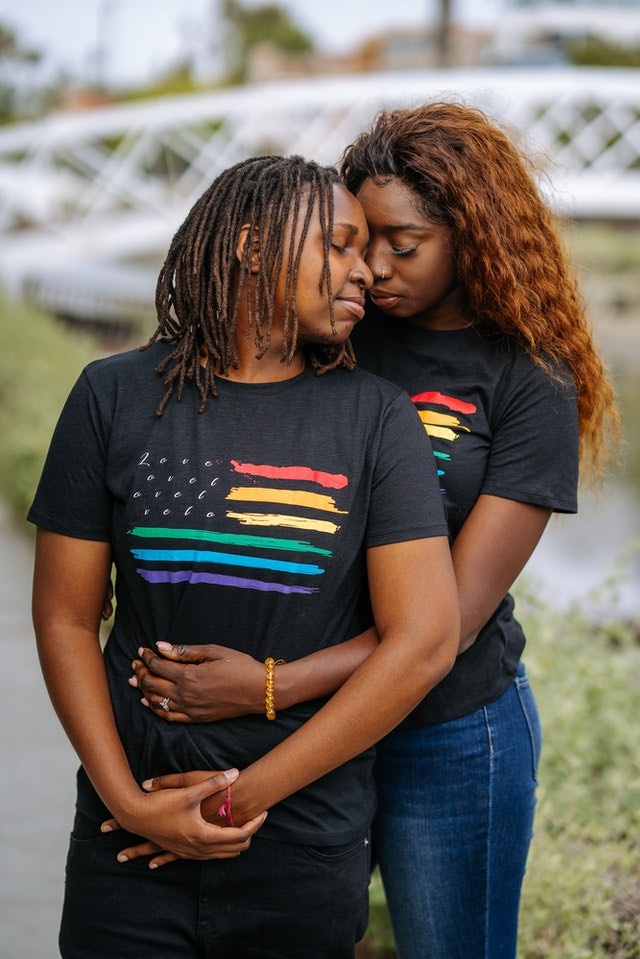Safe water, sanitation and waste management are essential to maintaining hygiene, particularly during disease outbreaks like COVID-19 or Ebola, a virus that has had a resurgence in Eastern DRC, months after the epidemic was declared over. Throughout the pandemic, providing WASH services (Water, Sanitation and Hygiene) has been central to government and social welfare agency responses, particularly in emergency and fragile country contexts so that everyone could maintain hand hygiene as a first line of defence against the virus.

Ensuring clean water and sanitation access for all is the sixth United Nations Sustainable Development Goal and is tied to other development challenges: food insecurity, health, gender inequality, poverty, and education. In the third year of the Water Action Decade, the lack of attention paid to sustainable management of water and sanitation has been highlighted in global development arenas as activists, policymakers and development organisations warn of an impending global water crisis. While improvements have been made on water and sanitation accessibility, there are significant regional differences, and within the same regions, access will vary according to income and rural and urban areas. António Guterres, United Nations Secretary-General, remarked at the High-Level Political Forum on Sustainable Development in July of 2020 that “Sustainable Development Goal 6 is badly off track.”
According to UNICEF, 2.2 billion people around the world do not have access to safe drinking water, and half the global population does not have access to safe sanitation. Water stresses are expected to worsen with increasing climate emergencies and the growing world population if direct action is not taken and the brunt of the consequences will fall on the most vulnerable groups.
Gender and water
In the global south, women and girls are primarily responsible for water management in their households. Water collection is still a major burden in Sub-Saharan Africa where water is often not available on-premises. In South Sudan, up to 82per centt of water collection falls to girls and women aged 15 and older. Mozambique, Burkina Faso, Malawi, and Guinea-Bissau follow closely behind. Water is often collected at the opportunity cost of school attendance, other productive activities, and leisure. According to the UN Water Policy Brief, “Providing physically accessible clean water is essential for enabling women and girls to devote more time to the pursuit of education, income generation and even the construction and management of water and sanitation facilities.”
But while girls and women are primarily responsible for managing water use and waste in their homes, they are still rarely included in water governance and are thus unable to influence its administration. There have been attempts at gender mainstreaming in water resource management, so that they and other vulnerable groups would be involved across the water value chain, but there is a lacuna of gender-specific data that stands as a primary obstacl, because women’s concerns are systematically overlooked.
Addressing WASH issues from a gender perspective and to adequately mainstream gender would mean putting women in leadership positions and all throughout the value chain, but while women continue to be excluded from education, like in many parts of the world, their participation will be limited. The conversation on gender inclusion, though, tends to stop at normative gender identities as the concerns of trans and non-binary people are ignored entirely or actively demonised. Gender mainstreaming means also looking beyond the gender binary to understand the specific discrimination in water sanitation access because of gender-recognition laws. LGBTI-specific data remains limited in Sub-Saharan Africa, which would constitute an important first step in addressing their specific needs.
While states continue to struggle to implement policy equitably and provide adequate water on site as well as safe waste management, the absence of a gender lens leaves women, trans and non-binary people remain at particular risk for many reasons.

Consequences of poor access
It is estimated that around 1.8 billion people around the world menstruate every month. Without adequate facilities, it means that people who menstruate have restricted movements and choices. Dignified menstruation management is central to the right to water and sanitation, the tenets of which include, “availability, accessibility, acceptability, affordability, safety and privacy and dignity.” Safe water and privacy are essential for handwashing, and for genital cleansing after changing sanitary tools and disposing of them. In contexts where access and privacy are not readily available and on a continuous basis, people who menstruate are forced to avoid going to the toilet. Menstruation is a large cause of absenteeism and school dropouts among girls globally. UNESCO estimates that one in 10 girls miss school because of their period in sub-Saharan Africa.
Alongside education challenges, women and LGBTI persons are exposed to sexual violence the further away the water source is from their homes. The risks are similar when it comes to sanitation: 15 percent of the world’s population continues to practice open defecation, and many more use shared toilet facilities. While going to relieve themselves, girls and women face heightened risk of sexual and gender-based violence. There is a growing body of evidence on the sexual and other forms of violence being experienced by LGBTI people when trying to access water and sanitation facilities.
Emergency and humanitarian situations only exacerbate the threat that vulnerable groups face and deepen water inequalities. In the northern province Cabo Delgado in Mozambique, the combined effects of tropical storms and armed conflict have led to more than 732,000 internally displaced persons as of July 2021. Populations in settlements that have been created on the outskirts of towns and therefore are not connected to water supply have seen among them a rise in waterborne diseases. Estimates suggest that cholera claims the lives of 95,000 people annually.
Other diseases like the Zika virus and malaria, vector-borne diseases that thrive in areas with still water, are sites for mosquito reproduction. “There is a strong link between weak sanitation systems and the current outbreak of the mosquito borne Zika virus, as well as dengue, yellow fever and chikungunya,” said Léo Heller, the United Nations Special Rapporteur on the human right to safe drinking water and sanitation in 2015 during the Zika outbreak in Brazil.
Low-income households in Brazil that do not have on-site safe drinking water and toilet facilities have tended to store water in their homes. Wastewater also flows through favelas (Brazilian slums), and it was estimated in 2016 that 40 per cent of the Brazilian population was not connected to the sewage system. This environment is conducive for the Zika carrying mosquito to thrive. Brazilian Ministry of Health statistics showed that the group most affected by Zika were Afro-descendent women, who are over-represented among the poor.
The future of water
Across the world, we see the challenges that vulnerable populations face for and because of water. With extreme weather events like droughts and floods, the world’s water reserves are increasingly at risk.
“Billions of people will lack access to safe water, sanitation and hygiene in 2030 unless progress quadruples,” says a joint WHO and UNICEF headline. WaterAid has questioned, given the looming water crisis, why water was not on the agenda at Africa Climate Week.
The upcoming UN Climate Change Conference, COP26, in Glasgow is the next major opportunity to look at WASH in the context of a climate crisis, and for collective global action to be able to progress towards the development target, but without the input of those most adversely affected by the crisis, little can be done in the way of equity and sustainability.
